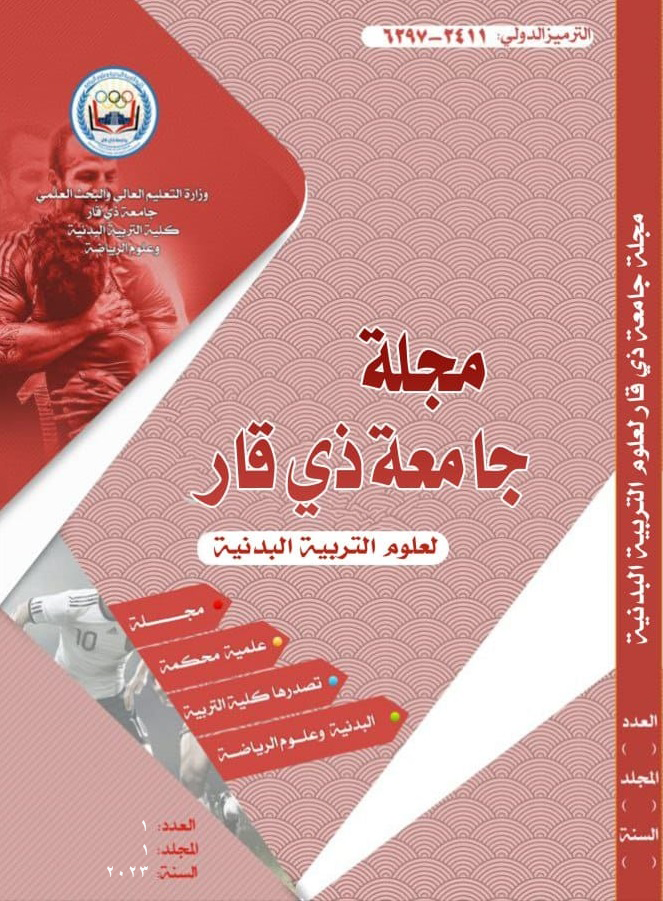The relationship between mood patterns and the success realizations of handball players of Sumer University
DOI:
https://doi.org/10.32792/utjspe.v1i4%20جزء%20الثاني.252Abstract
The importance of research through the development of mood patterns and their relationship to the realizations of success among handball players at Sumer University (mood patterns) is an emotional state or continuous trend for some time that is arousable and divides into two kinds of fun and depressed that the roots of interest in the topic of mood patterns for personal analysis. Hence, the importance of the problem of research in finding out the different mood patterns of handball players at Sumer University is highlighted by the fact that the mood with its windows and engines is a frightening source of sports personal displacement from its correct, rational and distinctive path if its orientation is adjusted and its effects controlled. Objectives of the study : To prepare a scale of mood patterns in handball players at Sumer University and to identify differences in mood patterns in handball players at Sumer University and the nature of the relationship between mood patterns in handball players at Sumer University. The curriculum: used the descriptive curriculum in the survey method, linkages and comparative studies because it attributed the curriculum and facilitated it in solving the problem of research and achieving the study's objectives. Communities and Sample Research The sample was chosen in a deliberate manner in order to achieve the research objectives. The research community was a handball player at the University of Sumer with 20 players, where the total community was 24. The sample ratio was 83% of the total community for research. Among the most important conclusions is that the most important voluntary qualities for handball players are the pursuit of purpose, courage and perseverance. The method of theoretical lectures is the most widely used training method followed by the method of training pregnancy in the development of voluntary qualities. No trainers use more than one method in training voluntary qualities.
Downloads
Published
Issue
Section
License
Copyright (c) 2024 Ali Fadel Salem

This work is licensed under a Creative Commons Attribution 4.0 International License.









